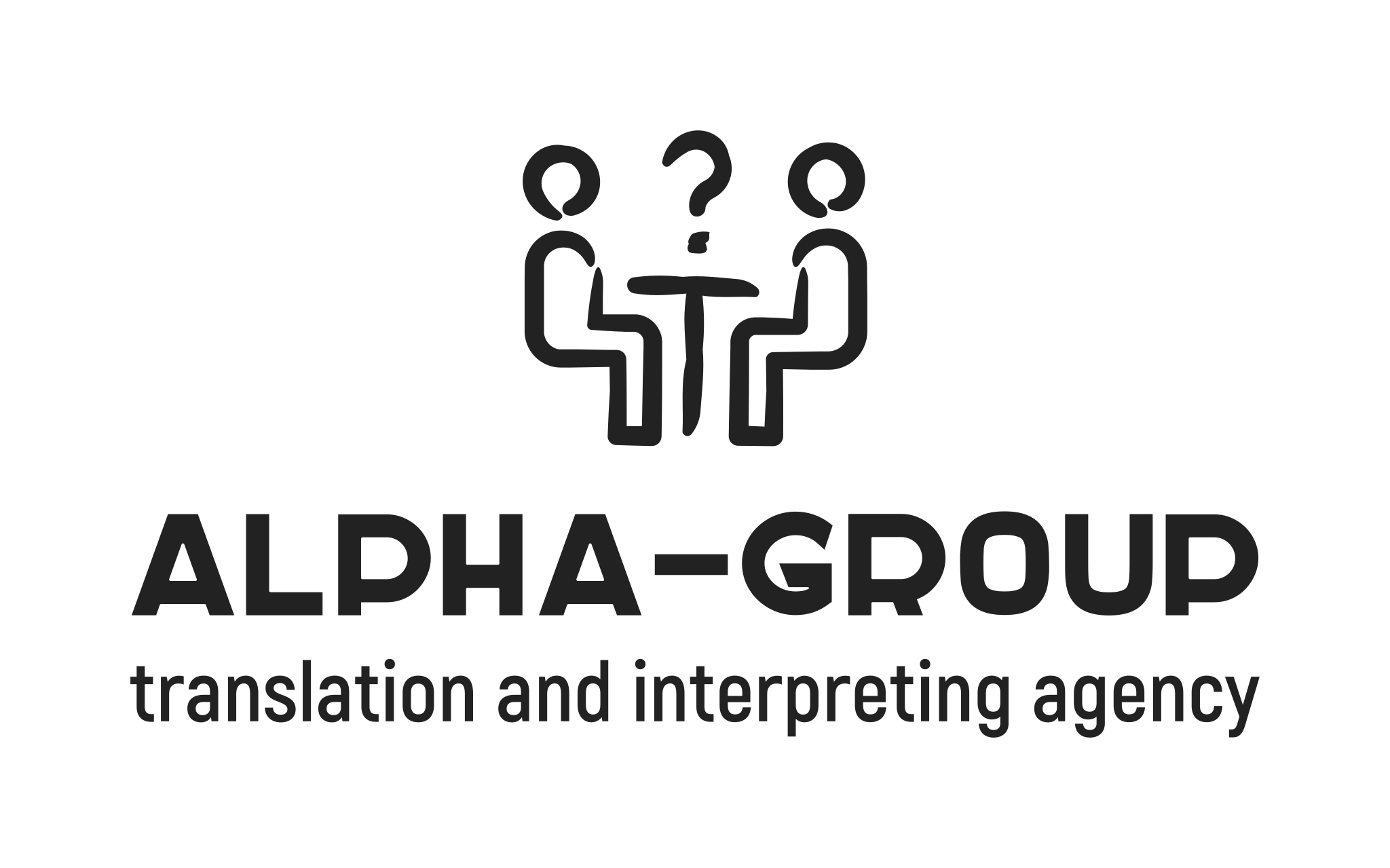One of the fears of the client ordering the translation is that he would overpay for the document processed in Google translator instead of true work of the skilled specialist and get an overcharged synthetic text of low quality in the target language.
There is another side to the coin. Translation of any project for money cannot be competitive today unless the work of a professional translator is optimized, giving him the opportunity to translate faster and work with large projects more effectively.
What is automated translation (the Computer-Aided translation)? How it differs from machine translation?
Are there any advantages for translators in work with translation software? What translation programs are included in the realities of their work in order to optimize processes? Is it possible for a skilled translator to get along without automation nowadays? How about the quality of automated translation?
This article will provide answers to the questions posed and will help our clients, present and future ones, to figure out to draw a big picture.
Let’s consider what does the concept of automated translation comprises and why does it not replace online text translation?
Mashine Translation (MT)
With MT the original text is entirely processed by the machine. The database of such programs keeps the conventional and the most likely match for the target language, and the user is offered a suitable variant. The translator is only partially involved and his effect on the final translation is indirect. The most popular programs for such translation are PROMT, ABBYY, Yandex.Translate, Google Translate.
But it should be noted that the above programs have a different approach to translation:
– statistical (based on statistics) – based on a comparative analysis of language pairs and matching (PROMT, ABBYY);
– neural (neural machine translation) – use a large artificial neural network (Yandex.Translate, Google Translate).
As mentioned above, a person has an indirect involvement in working with machine translation, namely:
- post-editing – the translator edits the final translation
- pre-editing – preparing the text for translation, breaking down and removing controversial points.
- inter-editing – a person or a translator is involved in the process of translation.
- the process may involve all the above stages
What is the difference between automated translation and mashine translation?
The machine does not respect the context. Often the phrases that seem easy to translate are false friends of the translator, like:
aggressive salesman; accurate (presise but not «tidy»).
Automated translation (AP, Computer-Aided Translation) is essentially a terminological base for a translator that is used by a computer. Such programs are used to translate texts and to translate audio materials. The work of a translator in the case of CAT is primary.
Thus, the major difference between Automated translation (CAT) and MT is that AT is more helps to speed up the process of a translator’s work and doesn’t take over from a human, providing him an extra time for advanced editing and proofreading.
«By taking over what is mechanical and routine, it (computer) frees human beings for what is essentially human». Martin Key
The TOP -5 software for automated translation (CAT):
- SDL Trados
- MemoQ
- Memsourse
- Smart CAT
- Star Transit
What are the advantages of automated translation?
When automated translation (CAT) software is used in an agency, it’s an option for a business to build a system of discounts for repetitions and compliance as batch tasks such as document pre-translation accelerates the work of a translator and gives opportunity to process large volumes of texts.
CAT-tools, the so-called “cats” are a set of tools that takes translation environment to the next level in terms of price-quality-speed:
- spell check;
- grammar check;
- creating of term base using legacy content;
- term database;
- generating customized Auto-Suggest dictionaries search programs working with queries that refers to the database;
- translation memory management, where text segment translations into English and other languages are being saved to the database
They are implemented:
- as installed software (Memo-T and MAT-);
- chargeable online programm with the access to the server (an expensive tool) for teamwork on a common translation project (SDL Trados, MemoQ, Star Transit);
- Cloud tools (Memsource and smartCAT) working through a browser;
It can also be a text editor built-in add-ons and macros.
High-tech customers often share the license for such tools when ordering.
Translation agencies actively use CAT tools to subcontract foreign translation agencies. According to a 2017 survey conducted among Russian translation agencies with monetary turnover of over 100 million rubles, most of the companies use 3-8 tools for automated translation (CAT) .
The software which is used in full are SDL Trados и MemoQ.
Let’s summarize.
Automated translation (CAT) and machine translation (MT) differs in regard that in the case of automated work a translator does a primary task. The computer only creates glossaries, delivers project statistics and reports, makes document pre-translation, automated quality assurance and provides advanced editing as well as many other options that relieve a person from routine work.
For translation agencies that work with large projects or on subcontracts of foreign translation firms, computer-aided translation programs perform complex project management.
Such programs are versions either for PCs with installation and a server access or for work in the cloud for larger translation tasks when there is an extensive client, freelancers and subcontractors base.
Clients who order a translation of their project sometimes share their licensed version of the software, which shows that some clients do encourage translation optimization and respect ongoing trends of new translation market.
In the case of automated translation (CAT) speed of translation doesn’t correlate with its low quality. The computer technology is used to make the translator’s job easier. The main advantage is collecting project glossaries and work with the same inherit terminology base for each individual project.
In fact, the discount for repetitions and matches only can be implemented if an accounting page is being estimated according to the number of words, not characters, which is yet the practice to gain recognition in Ukraine. While most of mid-level agencies charge according to the cost per number of characters, CAT tools are actively used as translation memory programs and for project management.


